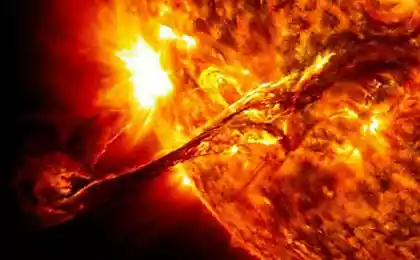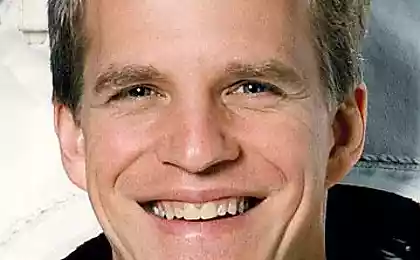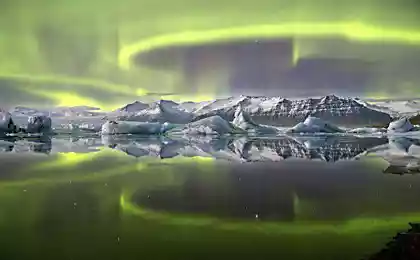1196
The first photo of the sun from space observatory NuSTAR

NuSTAR (Nuclear Spectroscopic Telescope Array) - The Space Observatory NASA's program of small satellites. Running the station was back in 2012, and since then, the main task of the observatory was to examine objects outside the solar system.
Now the camera lens NuSTAR were first directed to the Sun . Scientists were able to obtain high-quality picture of our star in the X-ray spectrum. As a result - the specialists were able to see the different "layers" of the solar atmosphere, from the lowest to the highest.
Interestingly, the researchers plan to use NuSTAR to study the sun long before the space observatory. Seven years ago, when NuSTAR was in a stage of the project, with the earliest stages, scientists have pondered the possibility of studying the brightness using the space observatory. Observatory itself - it is the most sensitive telescope currently operating in the X-ray spectrum. With it, scientists have been able to look into the most distant parts of the universe.
The idea of such a close study of the object, as the sun, using a highly sensitive telescope at first seemed madness. But after a while the proponents were able to prove a point. And the decision was made - NuSTAR will help experts to study the sun. The radiation of the sun can damage the sensors NuSTAR, as an active X-rays shone lower activity than that on which the detectors are designed NuSTAR.
One of the objectives for the study of the Sun - find out how the solar corona is heated to millions of degrees Celsius, while the surface of the Sun has a temperature of "only" 6,000 degrees. This phenomenon can be compared to a fire that breaks out of the womb of ice blocks. One of the probable reasons - nanoflares, miniature versions of the giant solar flares, with the release of charged particles and high-energy radiation. Nanoflares yet no one was able to register, see and NuSTAR, might be able to fix one or more of these nanovspyshek.
In addition, NuSTAR, may be able to fix the hypothetical dark matter particles that called axions . If such particles do exist, then NuSTAR, with high probability, will be able to find them.
Well, now scientists continue to study the image, which was obtained NuSTAR recently.
Source: geektimes.ru/post/243833/























